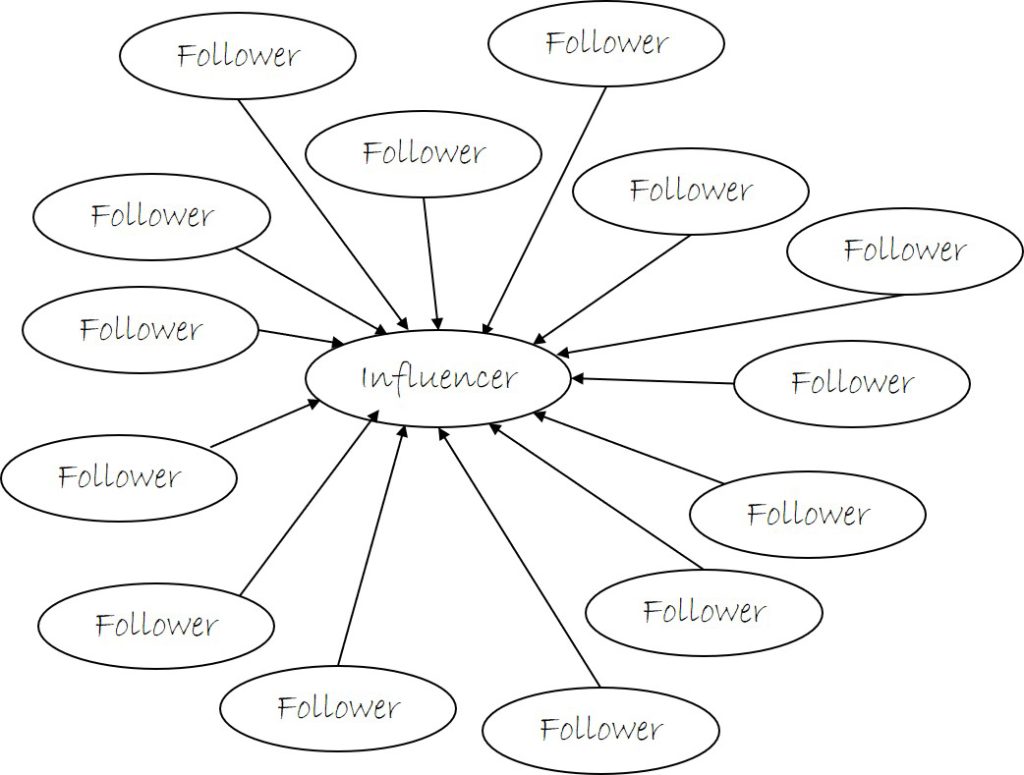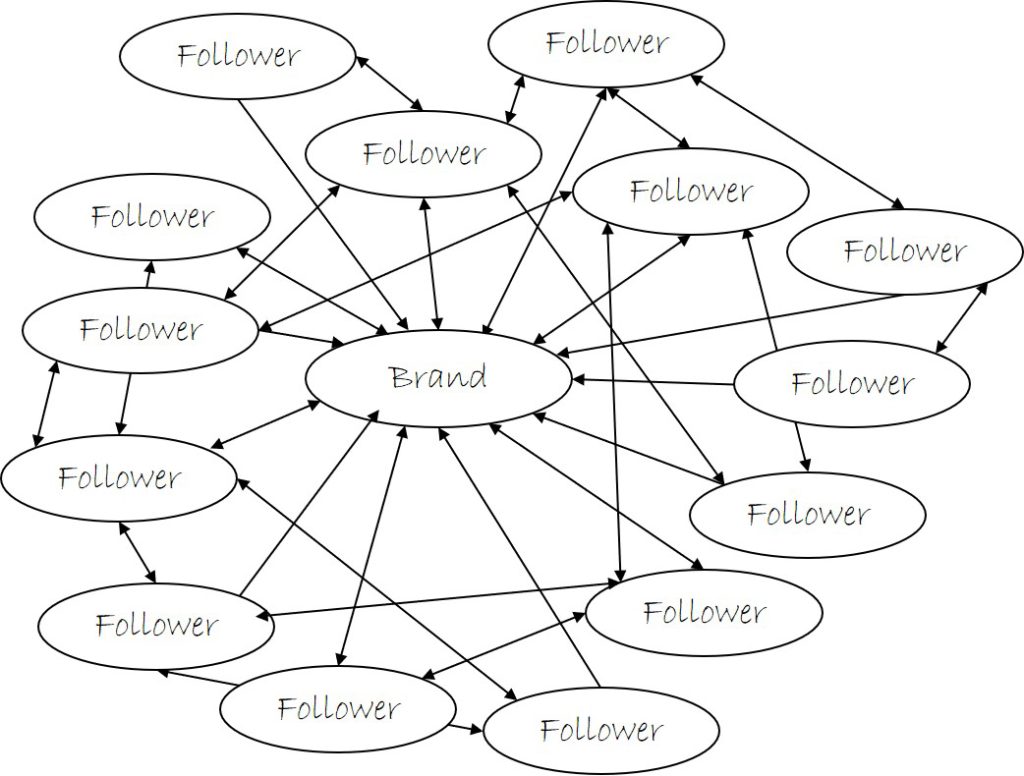
Facebook has grown as a mechanism for brands to talk to consumers, but despite advertising being a huge part of Facebook’s revenue, the company has decided to change the way its users see content, prioritising posts from ‘friends and family’ over branded content or ‘Fake News’.
Some social media marketing people think that this change in the algorithm will lead to a reduction in the impact of influencers, while accentuating the idea that micro-influencers are a better way to reach consumers.
The fact that people trust recommendations from face to face interactions or from friends and family is not a new idea. It also makes sense that people have started to distrust s0-called social media influencers, especially those who have millions of followers.
In a world where relevancy is the currency of engagement, the larger the reach of the influencer, the lower the conversion from post to goal.
So micro-influencers, those who have hundreds or thousands of followers, provide more relevant and well targeted audiences, but they are not immune to Facebook’s new formula – unless they are part of a network or community.
Social Network V Social Media.
Remember when Facebook was called a Social Network? There is a reason for that. The relationship between friends and family looks very different from the relationship between consumer and brand or influencer and follower. An influencer’s relationships looks like this.
It would be a relatively simple task to write an algorithm that looks at the number of one-way relationships and deprioritise the posts from the node at the centre.
A community, or family or network of friends looks more like this:
So in order for a micro-influencer to have posts seen by the audience under the new anti Fake-news formula, they would have to get their audience to interact with each other.
The new system favours B2B brands who focus on a particular industry where there is a high-likelihood of people knowing each other. Niche communities that are based on shared interests other than just products could also appear more like families, though it is a mistake to lump all together e.g. Not all Manchester United FC fans know each other, and may not want to. Communities can be created around events, shared beliefs and geographic locations.
XGC – X Generated Content
In the network model, content is generated and shared from many nodes, not just the centre. User Generated Content (UGC) can bee plentiful, but quality standards might vary and there is a resource overhead for moderation and curation. Many companies are now looking to outsource those tasks as a managed service.
The second diagram looks like a family or group of friends, but it also looks like a company. The emerging trend of Employee Generated Content (EGC) is a powerful way to make content look like it is from a close-knit group of people with a family-like relationship. EGC is more likely to appear in people’s Facebook feed than a micro-influencer.

